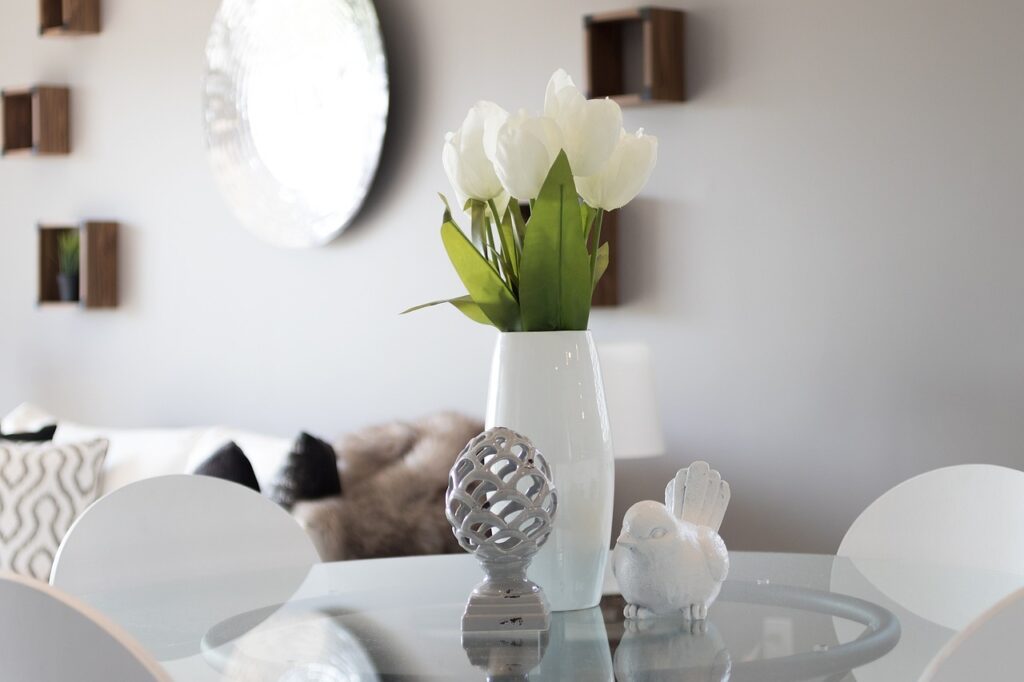To Share is to Show You Care!
Want to sell your home faster and for more money? Learn everything you need to know about home staging and its best practices in this ultimate guide.
Introduction:
Selling your house can be a daunting task, and in today’s market, standing out is essential. One way to make your property shine is through home staging. It is the process of preparing a home for sale to showcase its best features and make it more appealing to potential buyers.
Selling a home is a significant milestone that requires careful planning and execution. Home staging is an essential aspect of the selling process that can help you stand out in the competitive real estate market. In this guide, we will explore the best home staging practices that will help you elevate your property and attract potential buyers.
In this ultimate guide, we will discuss the best home staging practices that will elevate your property to stand out in the market. We will also cover frequently asked questions like the cost of home staging in Charlotte NC, the benefits of home staging, and common mistakes to avoid.
Let us get started,
What is Home Staging and Why is it Important?
Home staging is the process of transforming a house to make it more attractive to potential buyers. It involves decluttering, depersonalizing, and rearranging furniture to make the home look more spacious, inviting, and stylish.
It is important because a staged home has a better chance of selling faster and for more money than an upstaged home. According to the National Association of Realtors, 83% of buyers’ agents say staging helps buyers visualize the property as their future home, and 28% of sellers’ agents report an increase of 1-5% of the dollar value offered by buyers on staged homes.
Is it worth the money to stage a home?
Yes, it’s worth the money to stage a home. While staging can cost between $2,000 to $4,000 on average, the return on investment (ROI) is typically higher. According to the National Association of Realtors, the median cost to stage a home is $400, and the potential ROI is a whopping 1,000%.
Is it better to stage a house or leave it empty?
It is better to stage a house than leave it empty. A staged home helps buyers visualize themselves living in the space, making it more attractive and increasing the chances of a sale. An empty home can look cold, uninviting, and even smaller than it is.
Why is staging so expensive?
Staging can be expensive because it involves several elements such as professional design, furniture rental, transportation, storage, and other expenses that staging companies have to cover.
Are staging companies worth it?
Yes, staging companies are worth it. They have the experience and expertise to create the best impression of your home, making it more attractive to potential buyers.
How much does it cost to set up a small stage?
The cost of setting up a small stage varies depending on the size of the stage, the materials used, and the lighting required. On average, a small stage can cost between $500 to $1,500.
How much does it cost to stage a living room?
The cost of staging a living room varies depending on the size of the room, the furniture rented, and the location. On average, staging a living room can cost between $500 to $2,500.
How Much Does Staging Cost on Average?
The cost of staging can vary depending on the size of the home and the extent of the staging. On average, the cost of staging a home can range from $1,000 to $5,000. This may include the cost of renting furniture, decor items, and other accessories.
How Do I Prepare My House for Staging?
Preparing your house for staging involves several steps, including:
1] Cleaning and Decluttering: Start by cleaning your home and removing any clutter. This will help create a clean and inviting space.
2] Repairing and Updating: Make any necessary repairs and updates to your home, such as fixing leaky faucets, repainting walls, and replacing outdated fixtures.
3] Depersonalizing: Remove any personal items, such as family photos, and replace them with neutral decor items.
4] Rearranging Furniture: Rearrange furniture to create a functional and welcoming space.
5] Staging: Finally, stage your home with furniture, decor items, and accessories to create a warm and inviting atmosphere.
What Not to Fix When Selling a House?
While it is important to make necessary repairs and updates to your home, there are some things that you should not fix when selling a house. These include:
1] Cosmetic Issues: Don’t spend money on cosmetic issues that will not impact the functionality or safety of your home. This includes things like small cracks in the walls, old wallpaper, or outdated light fixtures.
2] Personal Preferences: Avoid making updates based on your personal preferences. Focus on making changes that will appeal to a wide range of potential buyers.
The Informed Minds
I'm Vijay Kumar, a consultant with 20+ years of experience specializing in Home, Lifestyle, and Technology. From DIY and Home Improvement to Interior Design and Personal Finance, I've worked with diverse clients, offering tailored solutions to their needs. Through this blog, I share my expertise, providing valuable insights and practical advice for free. Together, let's make our homes better and embrace the latest in lifestyle and technology for a brighter future.

